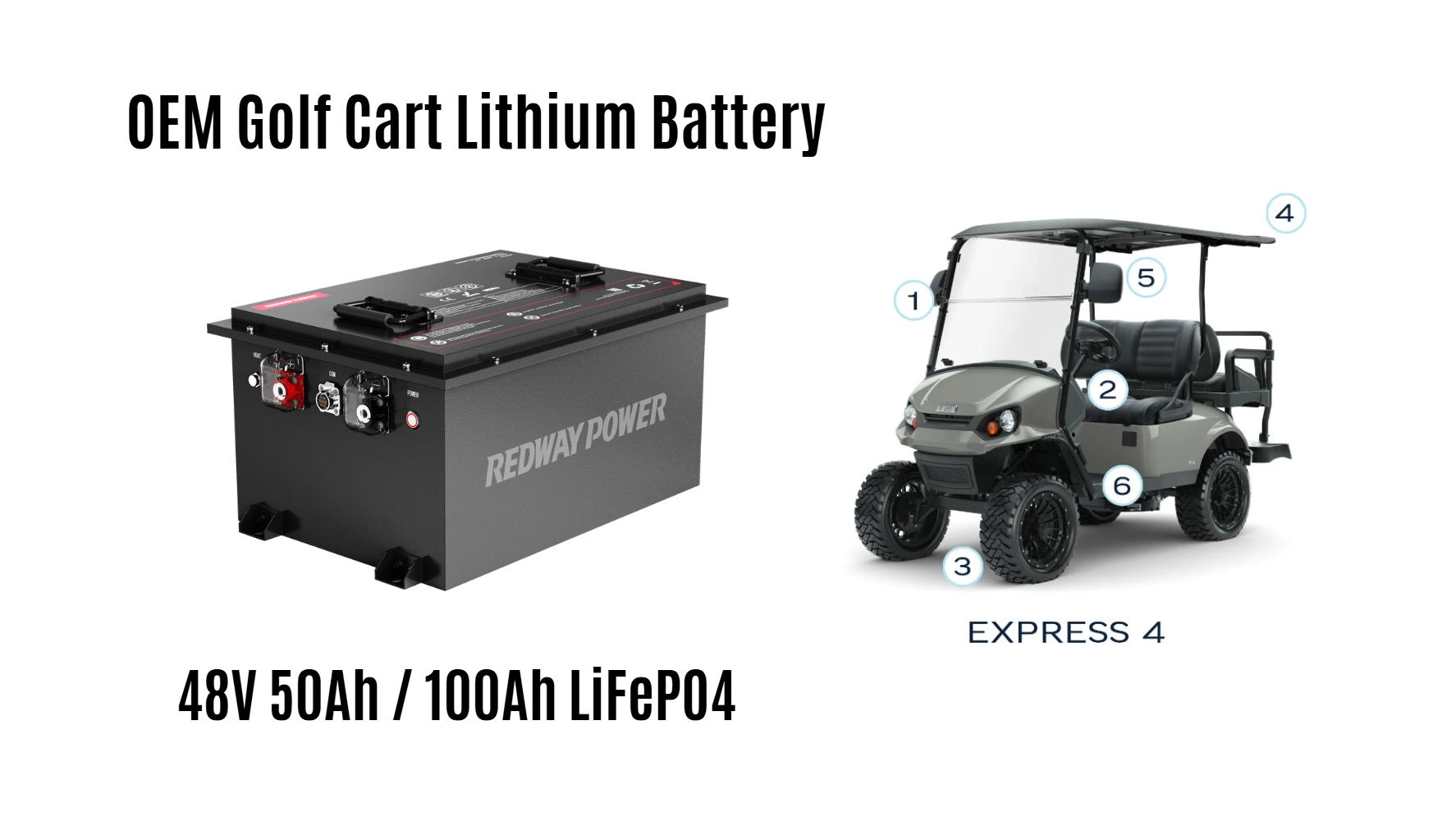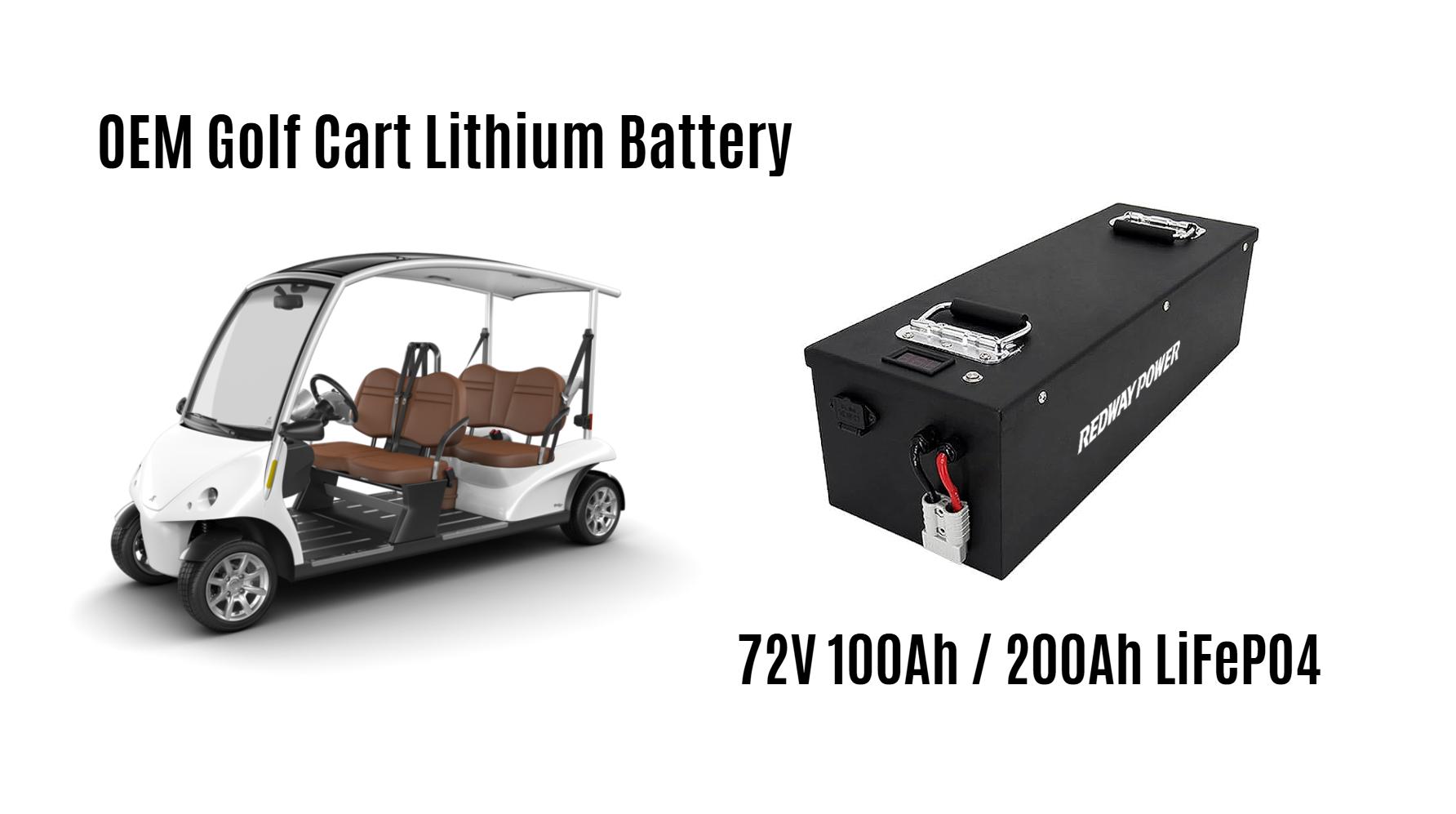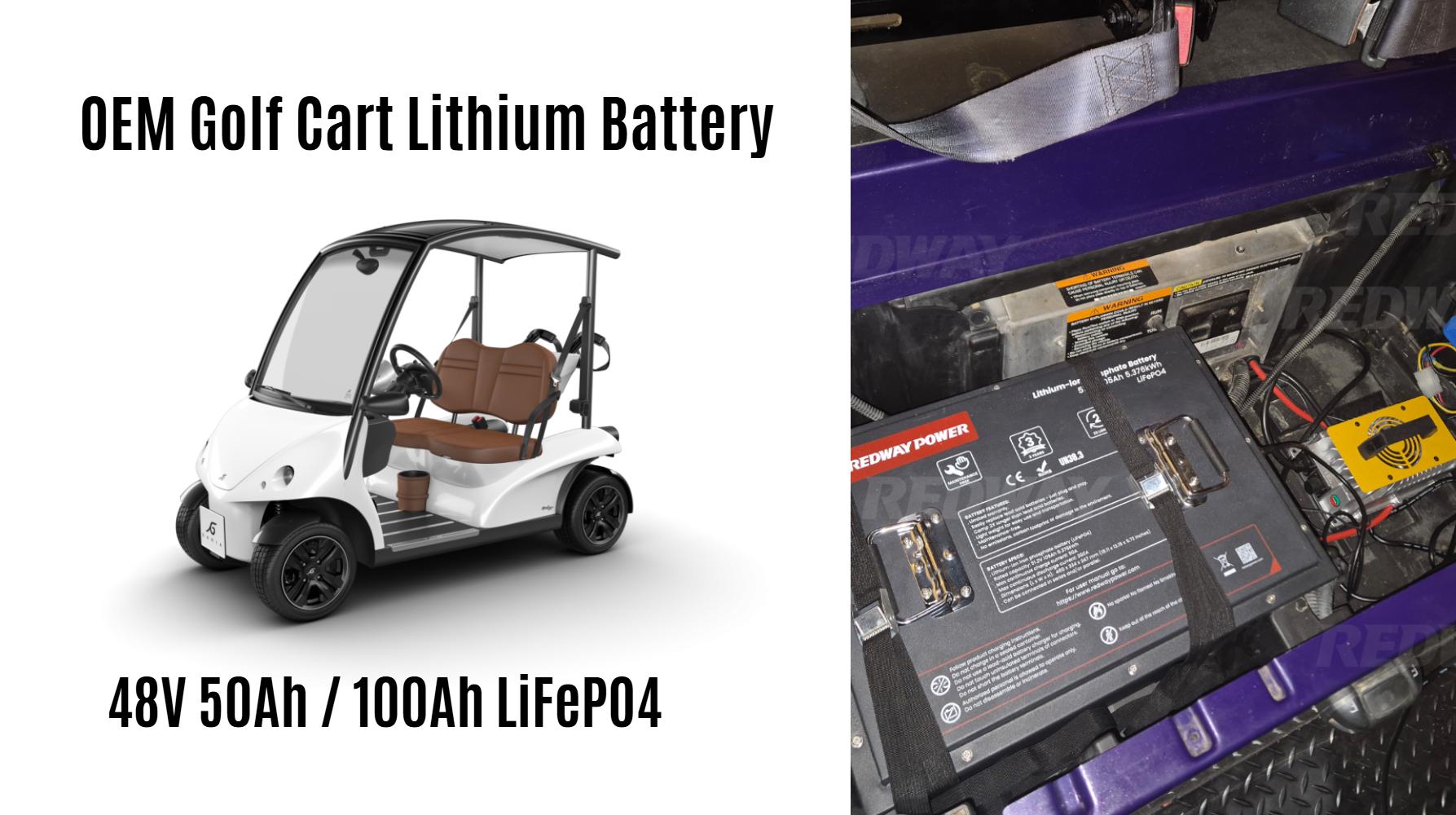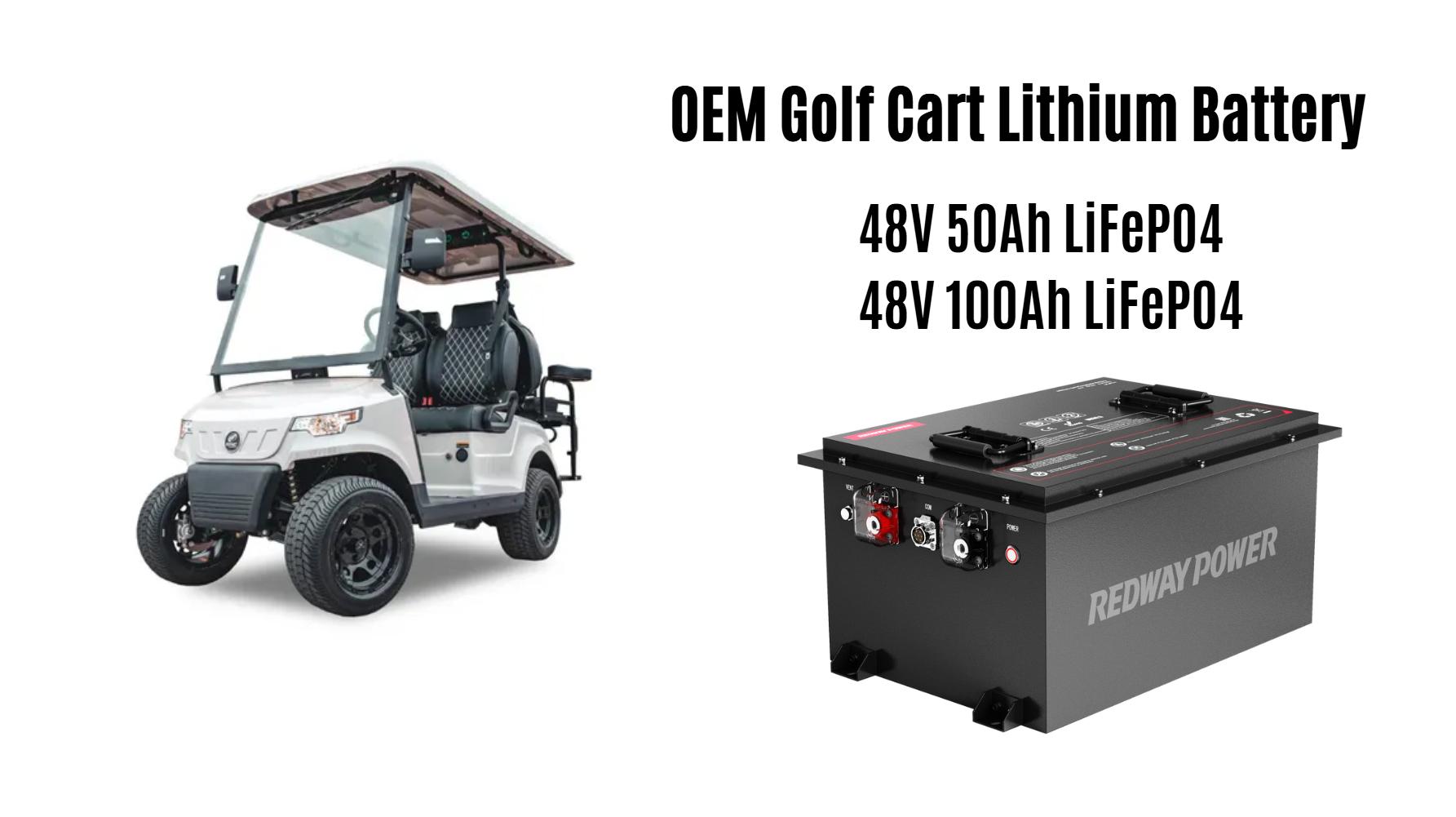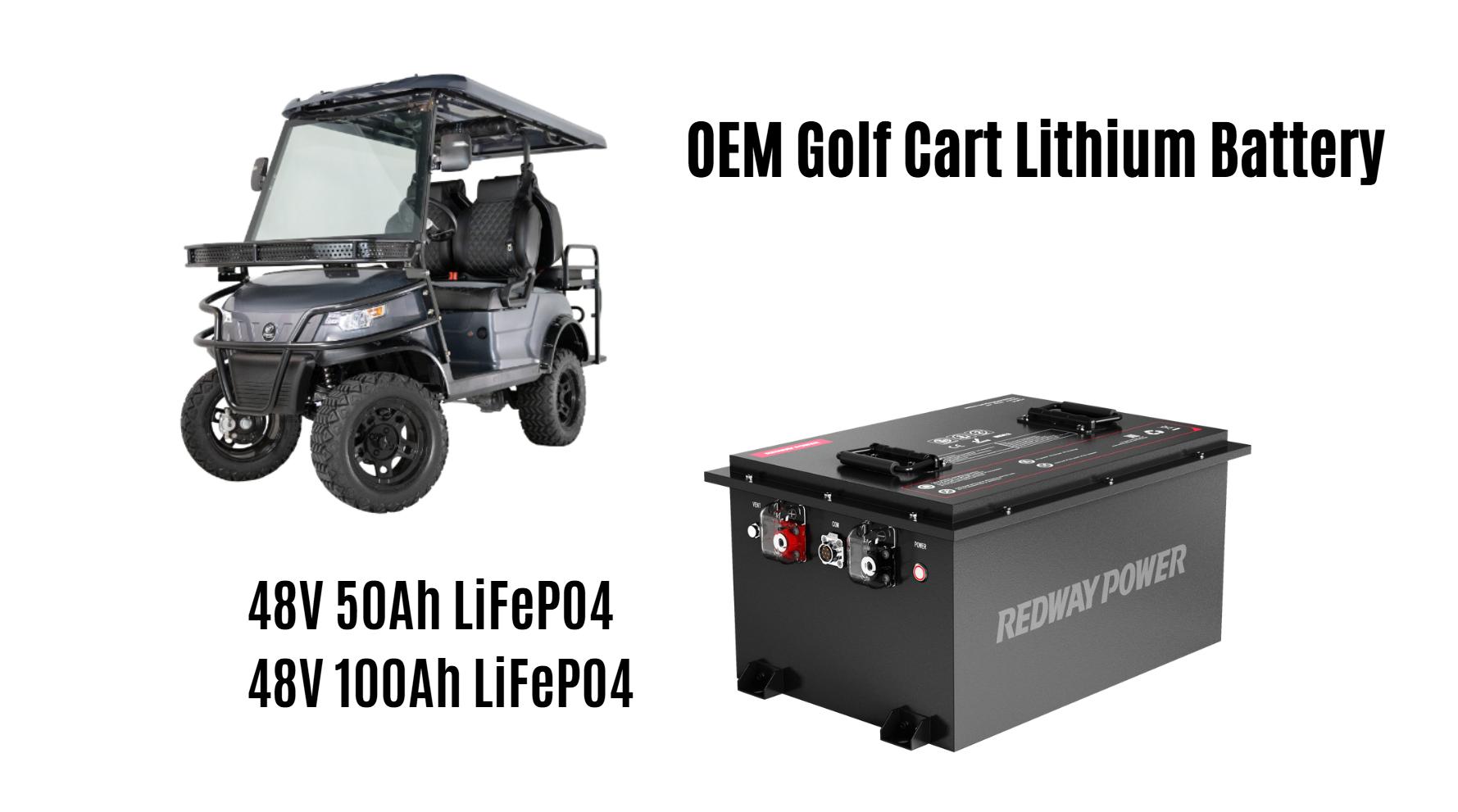How to Choose and Install an EZ Go Golf Cart Back Seat?
An EZ Go golf cart back seat adds passenger capacity, safety, and comfort. To install, ensure compatibility with your cart model, use OEM or aftermarket kits, and follow step-by-step instructions. Key factors include weight capacity, material durability, and foldable designs for storage flexibility. Always prioritize safety features like seatbelts and reinforced frames.
What Are the Benefits of Adding a Back Seat to an EZ Go Golf Cart?
Adding a back seat transforms your golf cart into a multi-passenger vehicle, ideal for family use, events, or utility tasks. Benefits include increased seating (2-4 extra passengers), enhanced resale value, and improved versatility. Modern kits feature weather-resistant upholstery, storage compartments, and fold-flat designs for cargo space optimization.
Which EZ Go Golf Cart Models Are Compatible with Back Seats?
Most EZ Go TXT, RXV, and Freedom models (2014 and newer) support back seat installations. Compatibility depends on chassis design and bolt patterns. For older models (pre-2010), aftermarket brackets or custom modifications may be required. Always verify kit specifications with your cart’s serial number before purchasing.
How to Install an EZ Go Golf Cart Back Seat in 6 Steps
1. Remove existing rear components (e.g., cargo bed).
2. Attach mounting brackets to the frame using corrosion-resistant bolts.
3. Secure seat base to brackets, ensuring level alignment.
4. Install seatback with reinforced hinges.
5. Add safety features (seatbelts, handrails).
6. Test stability and weight distribution.
What Safety Features Should a Golf Cart Back Seat Include?
Essential safety elements include three-point seatbelts, anti-slip footrests, powder-coated steel frames, and UV-stable upholstery. Advanced kits integrate LED brake lights, reflectors, and child-safe latches. Never exceed the manufacturer’s weight limit (typically 400-600 lbs) to prevent axle strain.
How to Maintain Your EZ Go Golf Cart Back Seat
Clean vinyl surfaces weekly with mild soap; avoid abrasive chemicals. Lubricate hinges annually with silicone spray. Store carts under cover during extreme weather. Inspect bolts quarterly for tightness. For stained fabric, use specialized golf cart upholstery cleaners. Replace faded or cracked seats immediately to prevent structural issues.
Why Customization Options Matter for Golf Cart Back Seats
Customization enhances functionality: cup holders, lockable storage, flip-down armrests, and RGB lighting. Marine-grade vinyl lasts 3x longer than standard materials. Match seat colors to your cart’s body or club branding. Retrofitted USB charging ports and Bluetooth speakers create premium experiences.
When to Upgrade Your Golf Cart’s Suspension for Back Seat Use
Upgrade suspension if you frequently carry 4+ passengers or heavy cargo. Symptoms requiring upgrades: sagging rear, uneven tire wear, or reduced braking efficiency. Heavy-duty leaf springs, shock absorbers, and 14-gauge steel frames prevent long-term damage. Always balance weight distribution front-to-rear.
Expert Views
“EZ Go back seats require precise load management,” says a Redway engineering specialist. “We recommend lithium-ion battery upgrades for carts carrying 500+ lbs regularly. The added weight reduces lead-acid battery life by 30-40%. Reinforced frames and TPU-coated wiring harnesses are critical for off-road durability.”
Conclusion
Installing an EZ Go golf cart back seat maximizes utility while demanding careful model matching, installation precision, and proactive maintenance. Prioritize safety-certified kits with warranty coverage, and consider suspension/battery upgrades for heavy usage. Custom features elevate functionality, making your cart adaptable for both leisure and practical applications.
FAQ
Q: Can I add a back seat to a 2-seater EZ Go?
A: Yes, most 2-seat EZ Go models support rear seat kits, expanding capacity to 4-6 seats.
Q: Do back seats void EZ Go warranties?
A: Only if installed incorrectly. Use dealer-approved kits and professional installation to maintain coverage.
Q: How much weight can EZ Go back seats hold?
A: Standard kits support 400-600 lbs. Heavy-duty versions handle up to 800 lbs with suspension upgrades.

